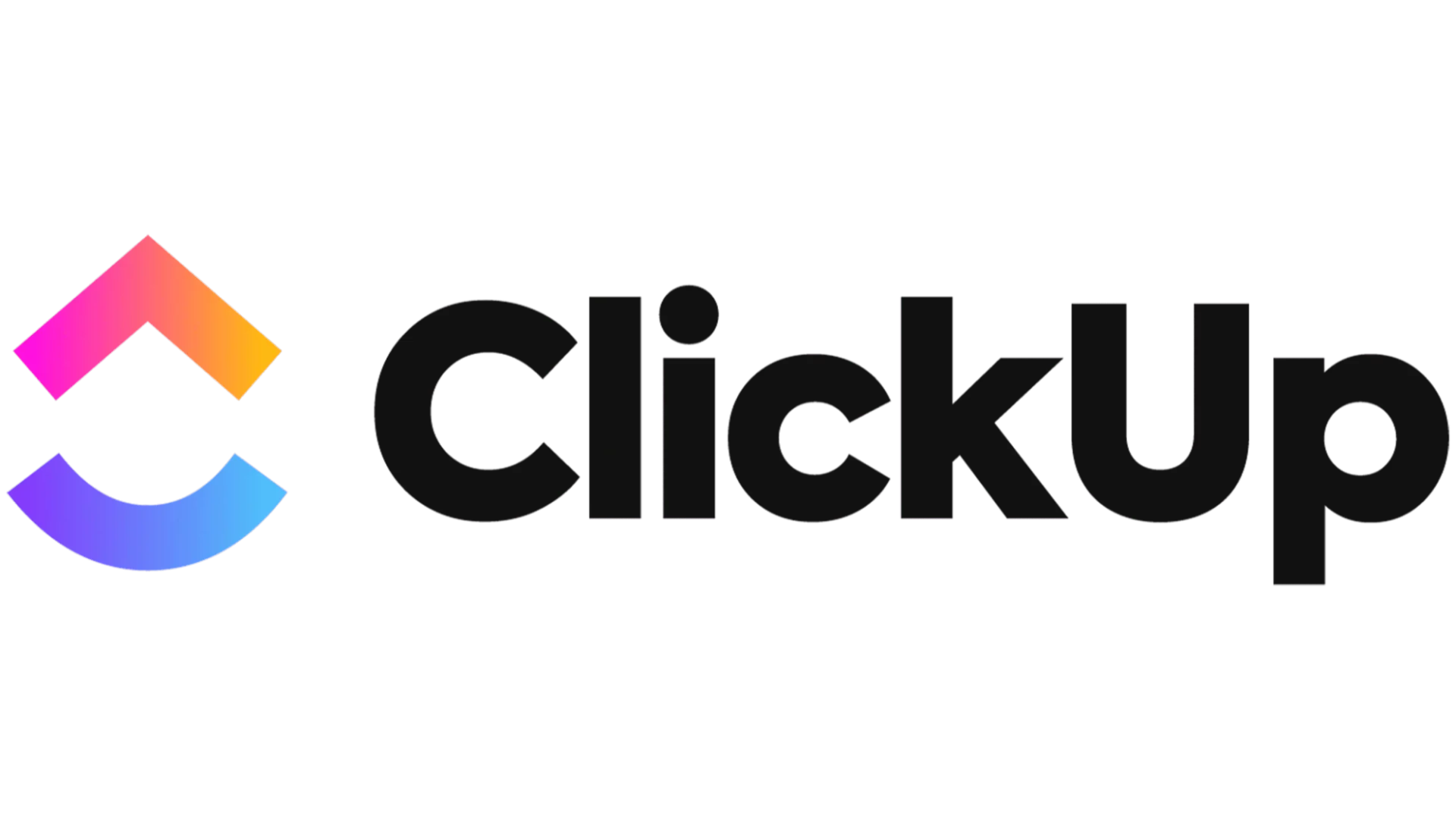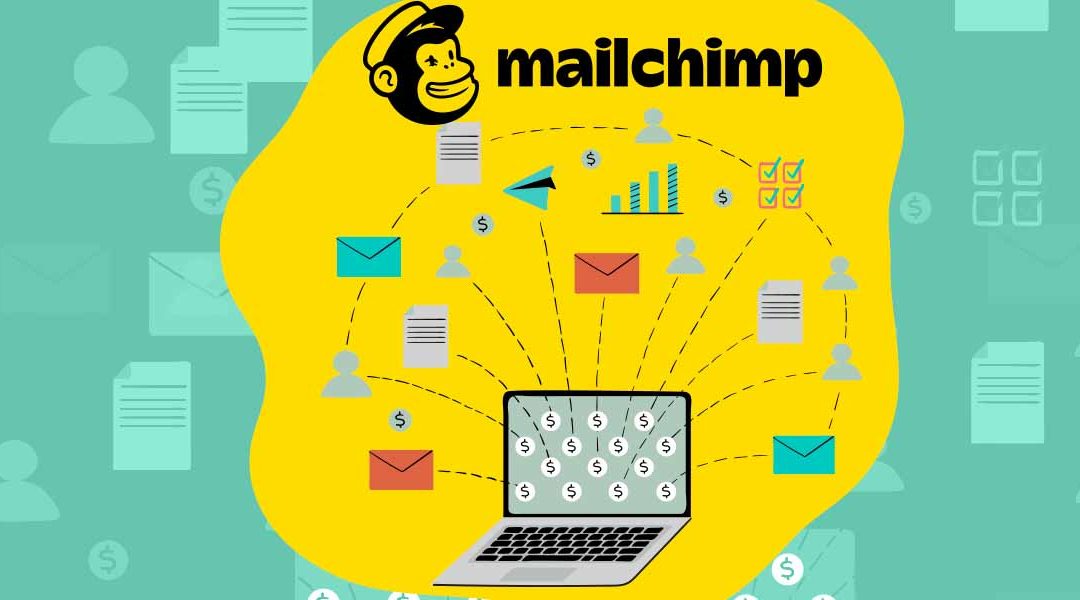Automating PDF Data Extraction
Table of Content
Artificial intelligence (AI) has brought strong new technologies to several industries, including automation and data extraction, and in the last few years, it has drastically changed the way businesses function.
PDFs are still the gold standard for exchanging and storing documents because of their cross-platform interoperability and dependability. Their increased use is a reflection of the modern enterprise’s growing requirement for standardized document management.
This article explores the advantages of artificial intelligence (AI) in automating data extraction from PDFs and presents some of the top tools and methods on the market.
The Drawbacks of Traditional Methods for Extracting PDF Data
Lack of Standard Structure
Unlike HTML, PDFs don’t have standard tags or structures. They are designed for fixed layouts, which makes automated data extraction more challenging. This design prioritizes visual consistency over easy data accessibility.
Diverse Layouts and Structures
PDFs can have vastly different layouts depending on their purpose. Financial reports, invoices, research articles, and forms each have unique structures, making it difficult for conventional extraction methods to reliably extract data across various document types.
Mixed Content Types
PDFs often contain a mix of text, images, tables, and sometimes multimedia elements. Extracting data from these diverse content types requires advanced processing capabilities, including OCR for text within images and specialized algorithms for interpreting tables and graphs.
Single-Focus Extraction
Conventional PDF extraction software often specializes in one type of content, such as text, images, or tables. This limitation makes it challenging to extract data comprehensively from complex documents containing multiple content types.
Bulk Data Extraction
Traditional solutions typically extract all data at once, rather than focusing on specific data points or key-value pairs relevant to a business’s needs. This approach often results in the need for manual refinement of extracted data.
Manual Post-Processing
After extraction, data often requires manual preparation to be usable in downstream business applications. This process can be time-consuming and prone to errors, reducing the efficiency of data extraction efforts.

Automated Data Extraction Use Cases
Invoice Processing in Accounts Payable
Important information from bills, like vendor information, invoice numbers, line items, and totals, can be automatically extracted from PDFs using AI. This solution reduces errors and human data entry by handling multiple invoice formats from different providers. It facilitates quicker vendor payments and improved cash flow management while also streamlining the accounts payable process and increasing accuracy.
Financial Audit and Compliance
AI extraction technologies are capable of processing enormous amounts of audit reports, transaction records, and financial statements in financial audits. Key indicators, abnormalities, and pertinent financial data can be swiftly found and extracted using the system. This offers a thorough and easily analyzed dataset, which expedites the audit process, increases accuracy, and aids in ensuring compliance with financial requirements.

Healthcare Records Management
The digitalization of research papers, medical reports, and patient records is streamlined using AI-based PDF extraction. It can extract important data from a variety of document types, including patient demographics, diagnosis, treatment plans, and prescription details. By providing easier access to information, enhancing the effectiveness of healthcare data administration, promoting better patient care, and advancing medical research by opening up data for study.

Legal Document Analysis
AI extraction systems can process legal research documents, case files, and contracts in the legal industry. The system can recognize and extract important legal terminology, dates, parties, and clauses. Due to the ease of searching and analysis of large volumes of legal material, this facilitates quicker legal research and speeds up contract review procedures as well as more effective case preparation.
Supply Chain and Logistics Documentation
Bills of lading, inventory reports, shipping paperwork, and customs declarations can all be processed using AI-powered PDF extraction. Accurate data extraction is possible, including shipment details, product details, quantities, and delivery schedules. By giving real-time, precise data, this facilitates trade law compliance, optimizes inventory management, and increases overall logistics efficiency.
Benefits of Automated PDF Data Extraction
Automating PDF data extraction transforms information management by enhancing accuracy, reducing costs, and offering greater scalability. The specific advantages of employing automated systems for PDF data extraction include:
Increased Accuracy
Human mistake is greatly decreased by AI-powered data extraction, particularly when working with complicated papers. High levels of accuracy are ensured while extracting data from PDFs, including structured data like tables and forms, thanks to machine learning algorithms’ ability to recognize and interpret a variety of data structures.

Time and Cost Efficiency
The amount of time needed to process a large number of documents is significantly decreased by automated PDF data extraction. By avoiding errors that would otherwise need to be corrected and lowering human effort, this efficiency translates into significant cost savings. By concentrating on more strategic activities, workers can increase the productivity of the business as a whole.
Scalability and Flexibility
AI-driven extraction systems can manage growing workloads with ease, all without sacrificing efficiency. They can quickly handle millions or even thousands of documents, adjusting to different document formats and layouts. Because of its scalability, companies can expand without having to invest as much in additional data processing capacity.
Enhanced Data Quality
AI programs are capable of preprocessing PDFs, cleaning and standardizing text before to extraction, and validating content after extraction. This guarantees that the extracted data upholds high standards of quality, which is essential for use in decision-making processes and downstream applications. The overall quality of data is further enhanced by the capacity to manage complicated structures and unstructured data.
Seamless Integration
Contemporary AI-powered PDF extraction technologies enable multiple output formats, including CSV, XML, and JSON, and have reliable APIs. This makes it simple to integrate with current company systems, including CRMs, databases, and other software. Process efficiency is increased overall and bottlenecks are eliminated when extracted data is seamlessly integrated into business processes.
Versatility Across Industries
Applications for AI-based PDF data extraction are numerous and span several industries. This system can be customized to meet specific sector demands, ranging from handling legal documents and healthcare records to processing financial statements and insurance claims. Businesses can use it to extract vital information from a variety of document kinds, facilitating sophisticated analytics and well-informed decision-making.
How to Pick a Right PDF Scraper
The following elements should be taken into account by companies when choosing a PDF scraper for automated data extraction:

Precision and Dependability
Select an OCR-capable program that can handle different PDF layouts, typefaces, and structures and reliably convert scanned or image-based PDFs into machine-readable text. These features are necessary for automated data extraction to be reliable.
Adaptability and Personalization
Determine whether the scraper may be customized to meet particular needs for data extraction. For structured and reliable automatic data extraction across various PDF formats, the tool should allow the definition of extraction rules and templates.
Scalability and Automation
Examine the degree of automation provided, taking into account the ability to handle batches, integrate with other systems, and use workflow automation tools. As data requirements increase, the scraper should be able to handle massive numbers of PDFs with ease, guaranteeing efficient automatic data extraction.
Combination and Formats of Output
Make sure the scraper can export data in widely used formats such as databases, Excel, CSV, and JSON. Seamless data integration requires compatibility with other applications or APIs within the company.

Assistance and Updates
To maximize the efficiency of automatic data extraction, dependable technical support, and frequent updates are essential for quickly resolving any problems and guaranteeing that the scraper stays compatible with the most recent PDF standards and technology.
Interface That’s Easy to Use
An intuitive user interface makes it easier to configure, monitor, and manage PDF extraction processes, which improves automatic data extraction efficiency.
Summary
Traditional PDF automation tools face significant challenges in extracting data due to the fixed layout of PDFs, which complicates programmatic extraction, and the diverse structures and content types within these documents. These tools often require manual intervention to isolate relevant data and convert it into usable formats for downstream applications, making the process labor-intensive and error-prone. However, the use of automation platforms such as Robylon AI can effectively solve these problems.
Robylon AI is a robust workflow automation platform designed to build AI copilots and automation tools across various business functions. With Robylon AI, businesses can automate tedious manual tasks such as onboarding and employee data management. Its standout feature is the ability to record workflow and publish them as automation, allowing seamless automation of PDF Extraction.
Want to know more? Book a demo now!
FAQs
What is AI-powered PDF data extraction?
AI-powered PDF data extraction uses artificial intelligence technologies like machine learning and natural language processing to automatically extract and process data from PDF documents, improving accuracy and efficiency over traditional methods.
Why is extracting data from PDFs challenging?
PDFs are challenging because they lack standard structures, can have varied layouts, and often contain mixed content types like text, images, and tables, making automated extraction difficult with conventional tools.
How does AI solve PDF data extraction problems?
AI systems can understand context, adapt to various layouts, and process different content types, allowing for more accurate and efficient data extraction from PDFs, even with inconsistent formats.
What are some use cases for automated PDF data extraction?
Common use cases include processing invoices and bills, financial audits, analyzing healthcare records and research papers, and extracting data from various business documents.
What are the main benefits of using AI for PDF data extraction?
Key benefits include improved accuracy and reliability, significant time and cost savings, and greater scalability and flexibility in handling various document types and formats.
What factors should be considered when choosing a PDF scraper?
Important factors include accuracy and reliability, customization options, scalability, automation capabilities, output formats and integration options, support and updates, and user-friendliness.
How can Robylon AI help with PDF data extraction?
Robylon AI is a workflow automation platform that allows businesses to create AI copilots and automation tools. It can automate PDF extraction by recording workflows and publishing them as automation, streamlining the process.






